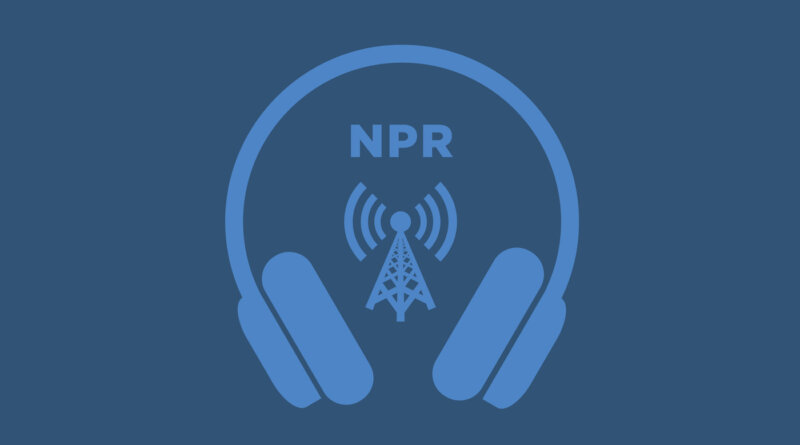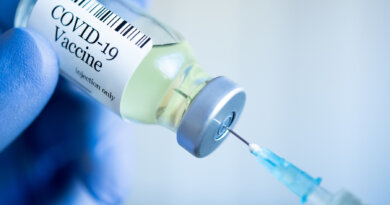How do you give a whale a pregnancy test? One way — check its poop : NPR
The orange excrement of the critically endangered North Atlantic right whales — so called because they were once seen as the right ones to hunt — can give researchers a window into their health.
AYESHA RASCOE, HOST:
How do you give a whale a pregnancy test? This sounds like a joke, but it is not. At the New England Aquarium in Boston, scientists found an unusual method for confirming whale pregnancies – a critical step in saving them from extinction. From member station WCAI, Eve Zuckoff reports.
EVE ZUCKOFF, BYLINE: When a species is on the brink of extinction, every birth is cause for celebration. That’s the case for North Atlantic right whales. There are only about 336 left in the world. After barely surviving centuries of whaling, the blubbery mammals risk colliding with boats or being entangled in fishing gear as they migrate between Florida and Canada each year.
LIZ BURGESS: These are phenomenal animals. They have a lot of resilience. They came back from the brink of extinction, so we still have a lot of hope that if we can make some changes out there, then they can keep thriving.
ZUCKOFF: That’s Liz Burgess, one of the scientists at the New England Aquarium who says that the situation for right whales is now so dire that researchers are aggressively looking for signs of pregnancy in whales’ excrement.
BURGESS: It’s precious. It contains a wealth of information.
ZUCKOFF: For the last two decades, they’ve been studying hormones trapped inside right whale poop to detect not only pregnancies but male sexual maturity, metabolism and stress. This winter, Burgess and her colleagues began testing samples from one of the critically endangered whales – a female researchers have named Koala, whose floating poop was scooped up in Canadian waters.
BURGESS: It looks like a terra cotta right here in the frozen state. On the water, usually, it’s a brilliant orange.
ZUCKOFF: The poop is kept in a freezer with samples from more than a hundred other right whales. Once it’s freeze dried and crushed into a cinnamon-colored powder, scientists test a sample for the hormone progesterone. Burgess’s colleague Katie Graham says the levels can be hundreds of times higher for pregnant females.
KATIE GRAHAM: And for Koala’s sample, I was, like – got that excited feeling in my stomach. Like, oh my gosh, maybe she’s going to be pregnant. And so as soon as I saw the number pop up, I was like, wow, that’s a lot of progesterone.
ZUCKOFF: The results are in – 13-year-old Koala, who’s one of only about a hundred remaining breeding-age females, is expecting her first calf. Scientists say it’s also encouraging because as recently as 2018, not a single right whale calf was detected. This winter, 11 have already been spotted. Liz Burgess calls finding out a right whale is pregnant a huge deal.
BURGESS: This species is in a really critical state right now. There are more deaths than there are births. So knowing that there’s potentially another calf on the horizon to add to this population is absolutely crucial.
ZUCKOFF: But she says determining pregnancy is only the first part of the battle. Now researchers will try to locate the whale they call Koala in the breeding grounds or northern feeding areas, where, hopefully, a healthy calf will be by her side. For NPR News, I’m Eve Zuckoff in Woods Hole, Mass.
Copyright © 2022 NPR. All rights reserved. Visit our website terms of use and permissions pages at www.npr.org for further information.
NPR transcripts are created on a rush deadline by Verb8tm, Inc., an NPR contractor, and produced using a proprietary transcription process developed with NPR. This text may not be in its final form and may be updated or revised in the future. Accuracy and availability may vary. The authoritative record of NPR’s programming is the audio record.




